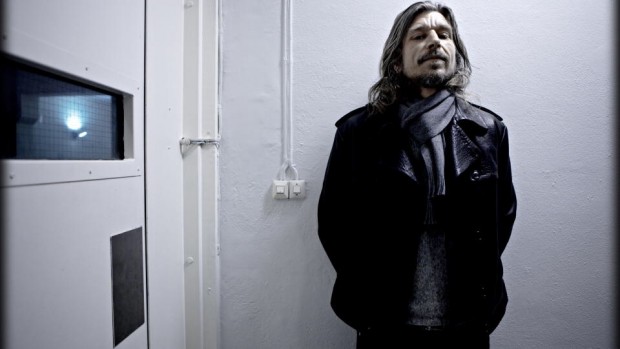Farewell to literature

Ben Lerner on Karl Ove Knausgård.
Breaking of the vessel of art, the renunciation of fiction, literary suicide – these are fictions, and they’re the devices on which the power of My Struggle depends. It’s obvious, for instance, that Knausgaard couldn’t remember his past in the degree of detail the books provide (Boyhood Island opens with an account of how much fiction is necessarily involved in Knausgaard’s acts of memory, especially of his childhood). But the cumulative effect of his descriptions is to suggest the possibility of total recall, a past citable in all its moments: each cornflake, each snowflake. Reading Knausgaard is like the first time one looks at Google Earth: from space you can zoom in on the continent, then the country, then the town where you grew up; you can click on ‘street view’ and walk up to the house where you were born. It’s all there, just keep clicking, you might even see, one imagines, your younger self climbing a tree or disappearing around the corner on a BMX. Perhaps it’s less that we identify with the particular experiences Knausgaard recounts than that his writing makes us feel we might be able to recall our own past, near or distant, with all the texture and urgency of an inhabited present. This is why the extreme inclusiveness of Knausgaard’s attention – and the flatness of the language in which it’s conveyed – is so important: it feels universal, less interested in the exceptional life than in the way any life can feel exceptional to its subject (even if it sometimes feels exceptionally boring). Much of My Struggle isn’t a story so much as an immersive environment.
Of course Knausgaard does leave things out (why, I wonder, is sex described in less detail than cornflakes?), selects among scenes and sentences, but we are caught up in the fiction that he doesn’t. Yet that childish sense of open-endedness, in which everything is equally interesting, is countered by another fiction: that the meaning of My Struggle will be revealed at its end, secured by the author’s death (at least his death qua author). The former fiction is a fiction of formlessness, the undifferentiated, an infinite verticality outside time; and the latter is a fiction that gives form, the imposition of shape on experience, a syntax of events. The constitutive tension of Knausgaard’s work, its internal struggle, is the push and pull between these two fictions. The former is the promise of an artless infinity purchased at the cost of structure; the latter is the promise of a unity purchased at the cost of death. Maybe it’s significant that My Struggle has six volumes while A la recherche du temps perdu has seven. Knausgaard doesn’t offer a strategy for ‘regaining’ time through the power of art; instead he attempts to achieve closure by sacrificing art itself.
